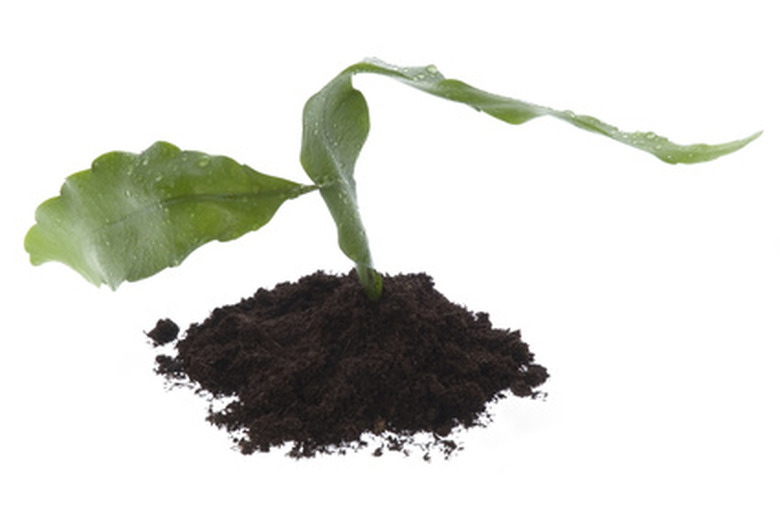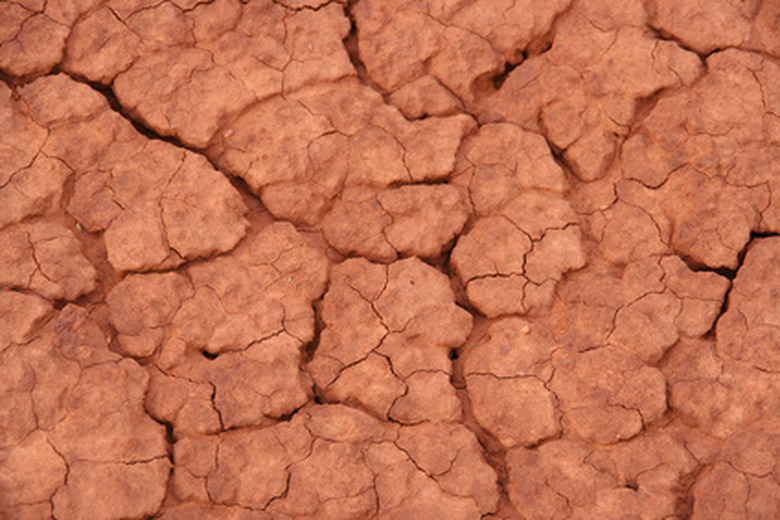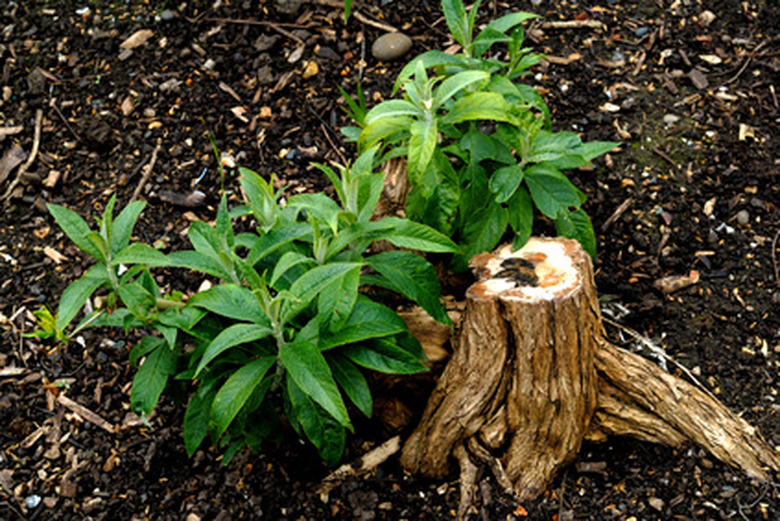The Importance Of Different Types Of Soil
Soil does more than anchor a plant. It provides air for roots to "breathe," it lets a plant absorb water, it provides an alkaline or acid environment and it contains nutrients. Different types of soil create different experiences for the plants rooted within it. Plants have evolved to prefer certain soil conditions. This makes soil quality crucial to a plant's survival.
Sandy Soil
Sandy soil is the soil type that best provides aeration and good drainage, important for a plant's survival. The majority of particles in sandy soil are gritty and large compared to other soil types, allowing air to sit in spaces between them. This air lets roots to absorb oxygen and carbon.
- Soil does more than anchor a plant.
- Sandy soil is the soil type that best provides aeration and good drainage, important for a plant's survival.
The spaces, which make sandy soil a "light" soil, also provide an easy way for water to drain and for roots to move. Drainage prevents roots from being smothered. The ability of roots to move, meanwhile, allows plants to find nutrients and moisture.
Sandy soil also tends to be on the acid side of the pH scale. Most plants want this kind of soil pH. Proper pH is necessary for a plant to absorb and use nutrients.
Clay Soil
Unlike light sandy soil, clay soil is heavy. Indeed, it is the heaviest kind of soil, containing fine particles that are so packed together a lump of clay soil feels sticky. It means little aeration and little drainage. Plants that want dry conditions don't grow well in clay. For those that like "wet feet," soils tending toward clay are important. Clay is a valuable component of sandy soils as well, for without the ability to retain any water, sandy soil is a desert.
- The spaces, which make sandy soil a "light" soil, also provide an easy way for water to drain and for roots to move.
- The ability of roots to move, meanwhile, allows plants to find nutrients and moisture.
Because clay soils retain moisture, nutrients dissolved within water aren't drained away. This makes clay soil fertile compared to sand.
Clay soil tends toward the alkaline, meaning it possesses a pH above seven. A pH of seven is neutral. Some plants have evolved to prefer a pH environment on the higher side, including daffodils and asparagus.
Loam
Loam is the best kind of soil for a gardener to have, though it isn't common. It is rich soil that has a good balance of sand, clay and organic matter. It also contains silt, floury particles of soil with a size that falls between that of sand and clay. Since loam supplies a good mixture of soil, it won't cause too much drainage and or swamp plants with water.
- Because clay soils retain moisture, nutrients dissolved within water aren't drained away.
- Since loam supplies a good mixture of soil, it won't cause too much drainage and or swamp plants with water.
Organic matter is important to soil because soil alone cannot supply nitrogen, an important plant nutrient that nourishes the green parts of a plant. Organic matter includes decomposing plant materials and also the organisms needed to convert the plant material into a form that living plants can absorb.
References
- "A Garden of Your Own;" Michael O'Brian; 1993
- NASA's Soil Science Education: Soil Fertility-How Does Your Garden Grow?
- NASA's Soil Science Education: Soil Texture



